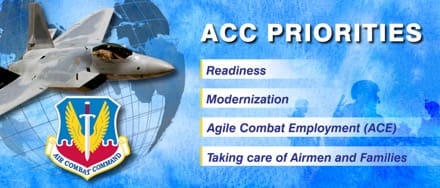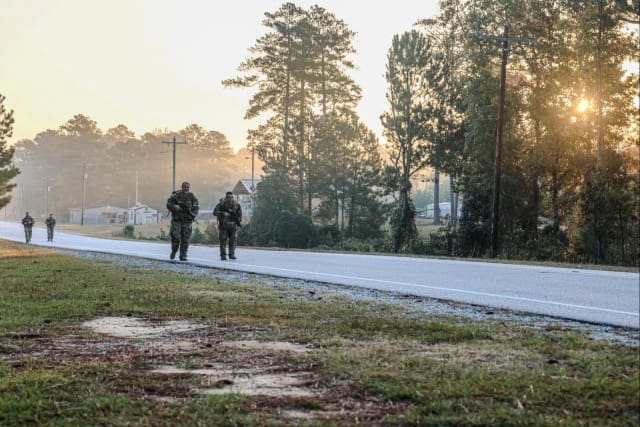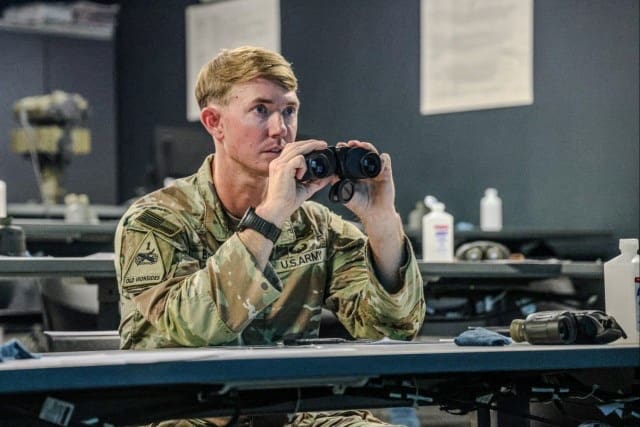
The 5th Security Force Assistance Brigade (5th SFAB) plays a pivotal role in enhancing medical capabilities across the Indo-Pacific, fostering stronger partnerships and improving the readiness of allied and partner nations. Through collaborative training, operational support, and knowledge sharing, 5th SFAB’s medical teams help partner forces advance their trauma care, casualty evacuation, and medical logistics, ensuring greater resilience during both peacetime and large-scale combat operations (LSCO).
Building Medical Readiness Through Collaboration
Since 2023, the 5th SFAB has conducted over 70 medical assessments and numerous training events with nine Indo-Pacific partners. These engagements focus on improving tactical combat casualty care (TCCC), prolonged field care (PFC), whole blood programs, and medical evacuation systems. By introducing advanced trauma care techniques and refining medical processes, 5th SFAB advisors help partner forces reduce casualty fatality rates, increase return-to-duty rates, and enhance overall battlefield survivability.
Advancing Tactical Medical Training
One of the cornerstone initiatives is training partner forces in TCCC and PFC. These programs teach critical skills for stabilizing casualties and providing lifesaving care in austere environments, ensuring that medical personnel can sustain injured soldiers until evacuation. Additionally, the implementation of whole blood programs improves trauma survival rates, aligning partner force capabilities with proven U.S. military practices.
Enhancing Medical Evacuation and Logistics
Effective casualty evacuation is essential during crises. 5th SFAB advisors work closely with partner forces to optimize evacuation routes, establish Patient Evacuation Coordination Cells (PECCs), and ensure seamless coordination between military and civilian healthcare facilities. By embedding medical advisors within partner force headquarters, the brigade enhances real-time reporting and facilitates bilateral evacuation requests, strengthening interoperability and reducing response times.

Supporting Medical Logistics and Supply Chains
Sustaining medical operations during high-casualty scenarios requires robust supply chains. 5th SFAB advisors collaborate with partner force logistics teams to assess supply levels, forecast consumption rates, and address Class VIII medical supply needs. By establishing pre-positioned stockpiles and implementing walking blood banks, partner forces can maintain critical care capabilities even in contested environments. The brigade also advocates for agreements such as Acquisition and Cross-Servicing Agreements (ACSAs) to ensure reliable resupply during operations.
Building Sustainable Medical Capabilities
The 5th SFAB’s approach emphasizes long-term capacity building through train-the-trainer programs and Subject Matter Expert Exchanges (SMEEs). By empowering partner nations to develop and sustain their own medical training and operational systems, the brigade fosters enduring self-reliance and strengthens regional stability. Additionally, the use of tools like the Medical Advisor Specific Tool (MEDASAT) ensures consistent progress tracking and continuous improvement.

Strengthening Regional Resilience
Through its advisory efforts, the 5th SFAB is enhancing the medical readiness and interoperability of Indo-Pacific partner forces, ensuring they can respond effectively to both peacetime emergencies and combat operations. By sharing expertise, improving casualty care, and optimizing logistics, the brigade is helping to save lives and strengthen alliances across the region, reinforcing collective security and promoting long-term stability.
Conclusion
The 5th SFAB’s medical advising mission in the Indo-Pacific demonstrates the power of collaboration in strengthening regional security and resilience. By improving trauma care, enhancing evacuation systems, and supporting sustainable medical logistics, the brigade plays a crucial role in ensuring that partner forces are prepared to save lives and sustain operations during both crises and conflicts. These partnerships not only enhance the capabilities of individual nations but also contribute to the collective readiness of the Indo-Pacific region, fostering a network of allies capable of responding swiftly and effectively to any challenge.
By LTC Matthew Holtkamp
































































































































